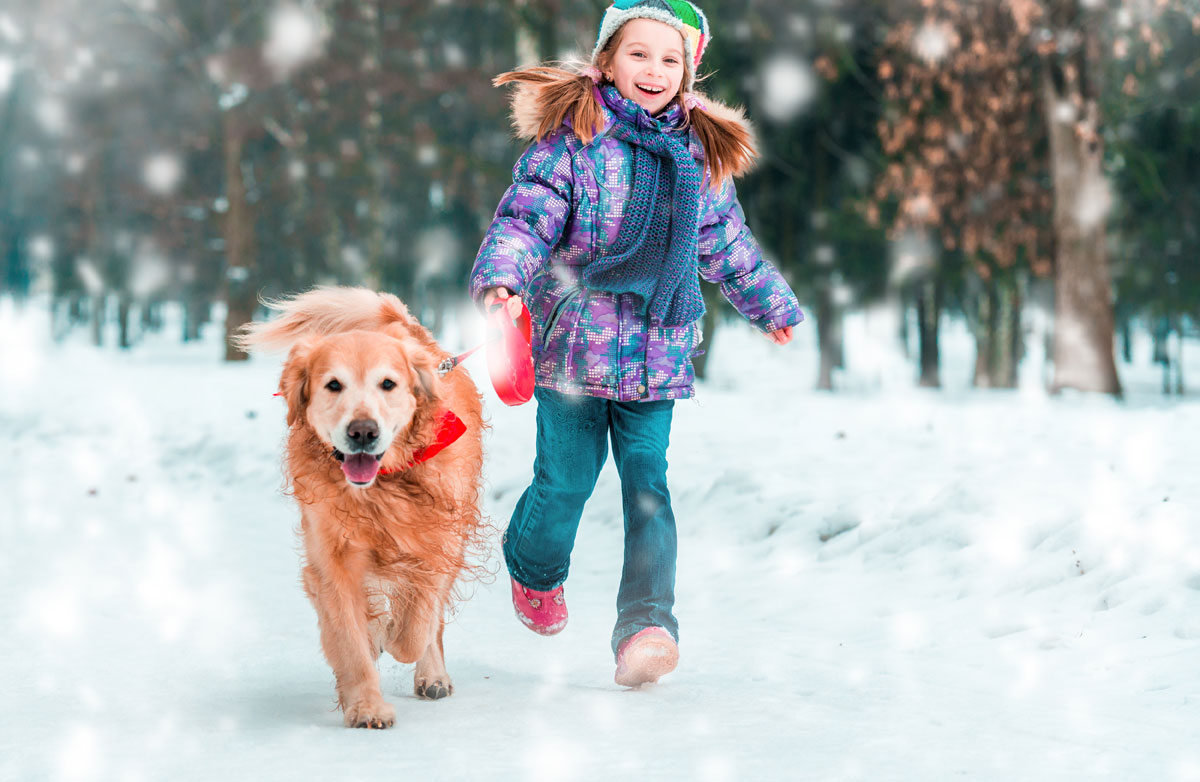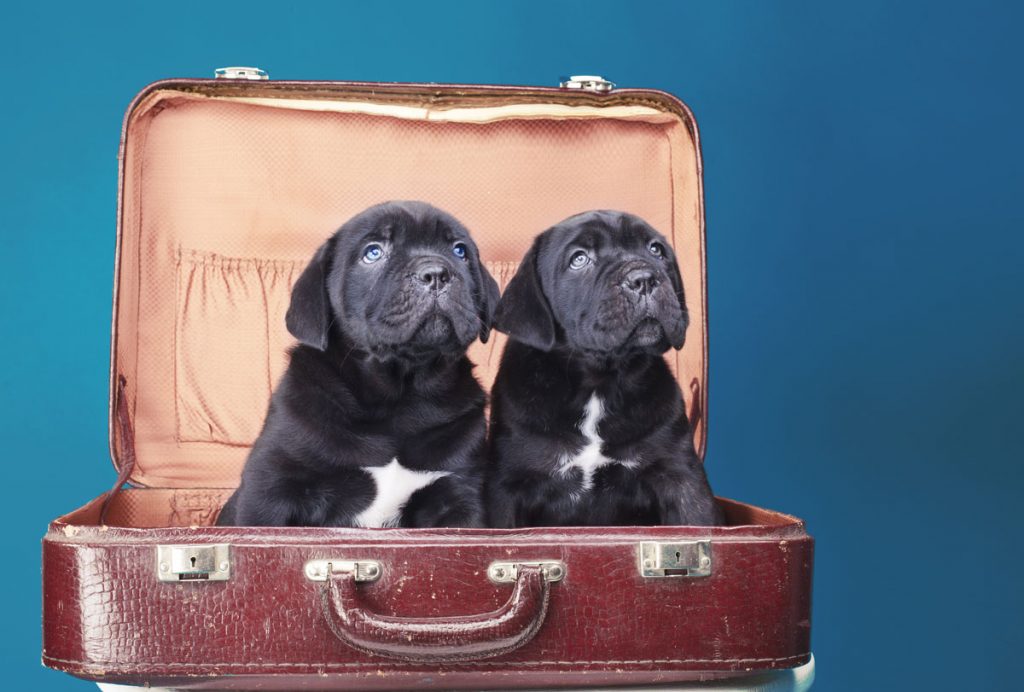Fun With Your Pets, Natural Pet Health
7 Tips for Holiday Travel with Your Pet
The winter holiday season should be a fun time, for you, your family and your pet! A time of get togethers, visits to relatives you may not have seen for a while and maybe even something super cool like a family sledding trip or hiking weekend! If you’re anything like us, you consider your pets to be part of the family and may choose to take him or her with you on your winter travels, despite the long distances that are sometimes involved, particularly if your family lives in another state or county.
Over 90% of long-distance holiday travel is by car, and while some dogs in particular can’t wait to get in the car and see where you and the open road will take them, traveling with pets is not always easy, especially when the family dog or cat experiences fear of travel, or motion sickness…
Follow our helpful tips below to help make car rides more comfortable and safe for your pet, and your family:
1) Know your pet The first step towards winter travel success is knowing your pet and how they are likely to react and cope with an extended journey. Some dogs resist getting into the car, giving out shrill yelps, whilst your cat may meow plaintively, salivating and drooling even before getting into the car. Some pets happily jump into the car, but the moment the engine starts and the car begins to move, their heads hang down and they start to drool, eventually getting sick after some distance. Others look out the window, flicking their heads in different direction as things move by, and quite rapidly they begin to drool and soon get sick. And a sick pet is not a happy pet, nor (let’s face it) a pleasant travel companion!
If you’ve come to a time to prepare for a long winter journey with your pet and don’t know how he or she is likely to cope, you’ve left it a bit too late to prepare! But hopefully your pet is already accustomed to traveling in the car, having taken some short trips which have been gradually increased to get him or her used to longer rides – one of the key steps to helping to prevent travel anxiety in pets. Once you know your pet is comfortable with travelling by car, there are many other ways to make an extended journey as comfortable as possible…
2) Please be seated Seat your pet securely in the car, either with a harness, crate or barrier. Allowing your pet to roam freely in the car – whether a cat or a dog – can be dangerous for them and distracting for the driver. For pets with visual cue motion sickness, securing them down on the floor of the car where they cannot see out can often be very helpful.
3) In-journey entertainment Bring your pet’s favorite toy and blanket for comfort. These will also prove useful at your final destination, to give them a comforting blanket to rest on and a familiar toy to keep them entertained.
4) Eating and drinking You should feed your pet a very light meal in the three hours before travel, as an empty stomach is usually more prone to nausea. Some pets cope better with travelling on a reasonably full stomach, but if it does come up, it could mean an awful lot of cleaning! Remember to keep your pet hydrated with small amounts of fresh, clean water.
5) Pottie breaks Make frequent stops, allowing your dog time to exercise and relieve themselves. However, be sure he is wearing identification tags or has a microchip in case he does run away or gets lost. For cats, such pottie breaks are unlikely to be an option, so make sure your pet carrier has a good, fresh paper base, should your kitty need to relieve herself. If you need a pottie break yourself, make sure you never leave your pet in the car unattended for longer than is absolutely necessary. They can easily overheat, even when windows are left open, or get uncomfortably cold in winter if the temperature outside is well below zero. And remember – always be careful with an open window—pets may jump out at the wrong time, or get stuck in them!
6) Fit for travel? Be sure your pet’s mandated vaccinations are up to date and ask your vet for a health certificate to bring along on your trip. Pack any medications your pet might be taking, or might need in an emergency. Researching local veterinarians and emergency clinics in the area you intend to visit can save you valuable time in an emergency – you’ll never regret being too prepared.
7) Natural support If you know your pet suffers from travel anxiety and motion sickness, or are not 100% how he or she will cope on a longer journey, a great option is to use HomeoPet’s Travel Anxiety medicine before you begin your trip. The broad-spectrum formulation of Travel Anxiety addresses the many underlying causes of travel sickness, both the physiological and the psychological. The drops are fast-acting, non-sedating and contain only safe ingredients with no known side effects. They can also be used on an “as needed” basis for travelling short or long distances and are safe to use for any pet regardless of their general health or other medications they may be taking. Consequently, you can confidently administer the drops and get some relief for your pet from fear of travel or motion sickness at any stage of his or her life.
Following these tips can help make your trip less stressful for you and your pet, allowing you to get on and enjoy the wonderful winter holiday season.






